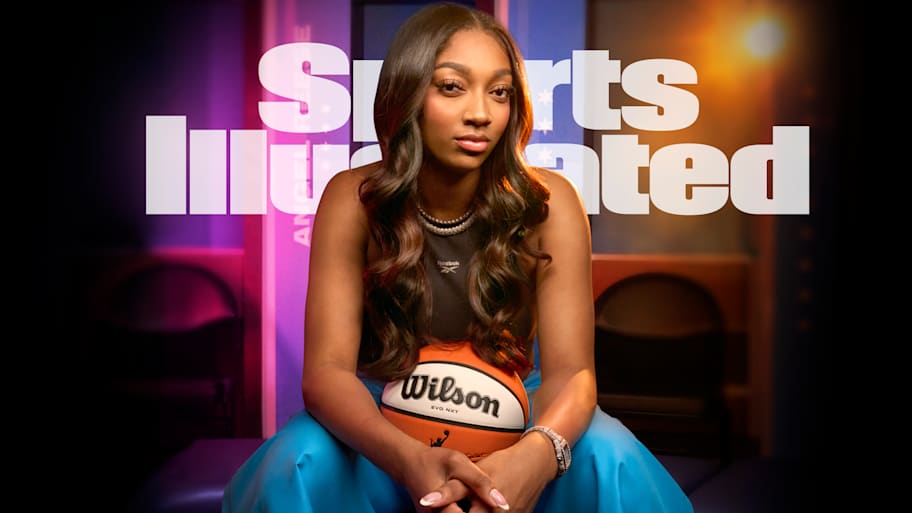The sports landscape is shaped by all kinds of power brokers: dealmakers, cultural titans, icons of leadership and athletes. Click here to see the 50 most influential figures and forces in sports right now, on SI’s Power List for 2024.
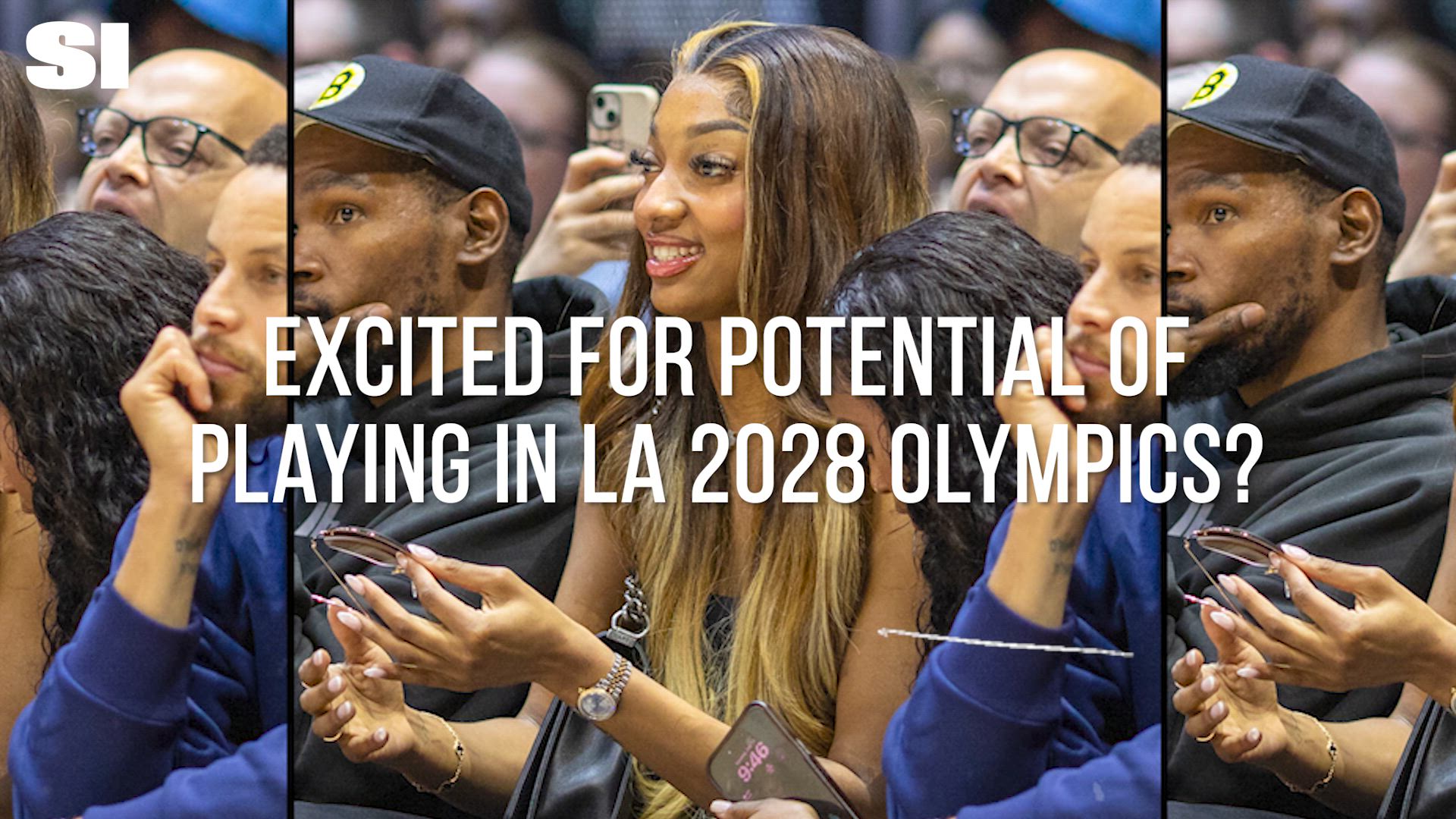
To win the Nobel Prize is to find yourself inundated with requests for your time. Harvard economist Claudia Goldin learned this when she received the honor last October: There were committees to join, speeches to give, panels to sit on. The 78-year-old was selective in the offers she accepted. But one earlier this year especially piqued her interest. As the WNBA exploded in popularity, the players were assembling a group of experts to consult on how to use their newfound leverage, and they approached her for a pro bono, advisory role. Goldin immediately said yes.
It was a logical match for an economist who has spent decades studying labor outcomes for women. “Everything about the issue interests me,” Goldin says. But the appeal here went beyond simple academic interest. She also loves watching the women play.
“Women’s basketball is more than just an event of great athleticism,” the professor says. “When I watch it, I also see friendship, artistry, almost choreographed moves, and a lot of individual fun and pleasure. Of course, there is also the competition and the rivalry.”
Two weeks after that advisory committee was announced in July, Megan Thee Stallion headlined the opening night of Lollapalooza, commanding a massive crowd as the Chicago festival neared its daily cap of 115,000. Plus one more: The rapper’s team had arranged a surprise appearance by Sky forward Angel Reese. When the player came on stage, Megan Thee Stallion’s jaw dropped into a circle of perfect, almost cartoonish proportion. She did not introduce the rookie by name—she didn’t have to. The screaming crowd immediately knew her face.
“What the f---!” the rapper yelled into the mic. “Yes!”

It all underscored a point that began to feel inescapable this summer. Just about everyone wants in on the WNBA. The first woman to receive tenure in the economics department at Harvard and the first woman to win Best Rap Performance at the Grammys. Big-name brands suddenly ready to put down big money. Celebrities sitting courtside. Prominent media coverage. After decades of battling for respect—a thankless job that often saw the league forced to justify its existence before it could begin to say anything else—the W has newfound cultural clout. This year has brought a sea change for the WNBA, with a league already on the rise now supercharged by a historic rookie class anchored by No. 1 pick Caitlin Clark.
The interest has touched every aspect of the game. It’s obvious in attendance, viewership and merchandise sales (up, up and way up, respectively), but it’s reflected in something more nebulous, too: serious mainstream cachet. The WNBA is cool in 2024. That means its next challenge is a refreshing one.
The league’s existential questions are no longer those of survival but those of ambition.
The WNBA did not expect quite this much change quite this quickly. But it did spend the last few years planning to grow. Women’s college basketball was on the rise, and promising trends were bubbling up for the pro league, too. If a game-breaking, generational player might be coming along some time soon, the league wanted to make sure it was in a position to catch that wave. It wanted to be able to operate more confidently.
So before the American public bought into the WNBA, the league made sure investors did.
Here was an inflection point as important as any in league history. In February 2022, WNBA commissioner Cathy Engelbert announced a $75 million capital raise. The number might sound tiny in the context of professional sports. But an investment of any size represented a meaningful shift for the WNBA. (Funds came from team owners and from external figures like former Secretary of State Condoleezza Rice and Dell CEO Michael Dell.) The league had never raised money before. It sold prospective investors with a 25-slide deck, showing the growth that could happen with more resources dedicated to marketing, especially with new free agency rules finally allowing player movement that could spark rivalries and create superteams. “We think ‘If you build it, they will come’ will work,” is how Engelbert describes the pitch now. “But we can’t build it, because we don’t have that capital.”
The investors gave them enough to try, reflecting a mindset that was taking hold around the league. A new set of owners believed serious change was possible if they committed serious resources. These included Liberty owners Joe and Clara Wu Tsai and Aces owner Mark Davis: They’d poured money into their franchises and been vocal about why. Because they wanted to, yes, and because they could, but also because it seemed like the right cultural moment for investment to begin paying off.
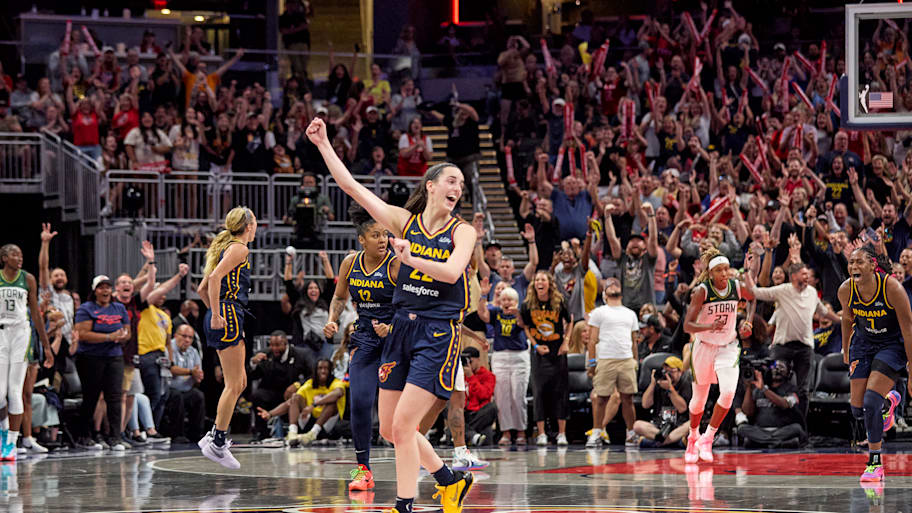
That was a dramatic shift from the perspective that dominated the early years of the league. It was rare to hear teams discussed as growth properties rather than as causes or straightforward obligations: All WNBA teams were sister franchises of NBA teams when the league began in 1997. This helped with initial resources and publicity but came with trade-offs. Chicago did not have a team for years because Bulls owner Jerry Reinsdorf was uninterested. Knicks owner James Dolan once moved the Liberty from Madison Square Garden to a 5,000-seat county center in Westchester. The league ownership structure changed after the 2002 season, when non-NBA owners were first allowed to buy in, but the years ahead were difficult. The initial buzz around the league faded. Many teams relocated or folded. Early legacies were left to wither. The WNBA shrank, then stagnated, and relatively few owners seemed to consider their franchises as potentially serious assets.
But that was starting to change by the 2020s. There were new owners ready and willing to put up real money. And the WNBA believed it was the right moment for investment on a broader, corporate level, with specific plans for how it could spend.
Engelbert was open about why the WNBA had sought funding. The league had to find more fans: “We needed to invest heavily in marketing,” she says. When Engelbert joined the WNBA from Deloitte in 2019, there was just one person in the league office whose sole job function was marketing. There are now 25.
The group has set about changing how the league presents itself. The WNBA wanted to move away from the public belief that it was simply the NBA’s little sister. That meant marketing itself as its own entity, on its own terms, with its own story lines. “It was important to restart,” says WNBA chief marketing officer Phil Cook, who was hired from Nike in ’20. “To separate the WNBA from any other league—give it its own identity. Its own brand.”
There was also considerable work needed in areas that fans might take for granted. A mobile app. A better website. A more accessible League Pass. With a small staff operating under financial constraints, there had traditionally been so much that simply felt small-time in the WNBA. It could be frustrating to suffer from the natural comparisons to other major leagues: Men’s professional sports in the U.S. had a head start of a few decades and a few billion dollars over the WNBA. But that point didn’t particularly resonate when people struggled to figure out where to watch a game or how to look up statistics. “We were making it too hard to be a fan,” Engelbert says.
“We would not be where we are today if we didn’t have those dedicated resources,” says WNBA chief growth officer Colie Edison, whose role was created in the weeks leading up to the capital raise announcement. “I think it’s always been an intellectual bandwidth issue. And now we have the resources so that we can give it the time that it takes to grow.”
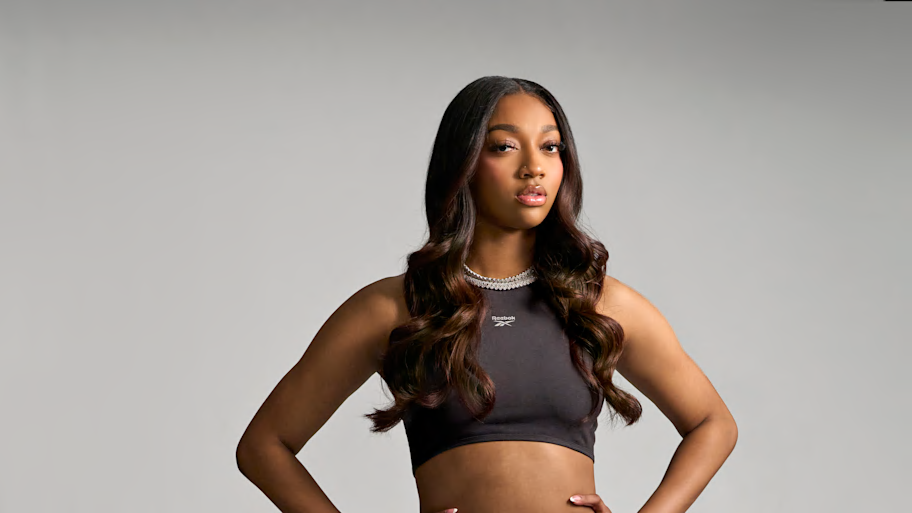
Which meant the league was ready when almost 10 million people watched Reese and LSU beat Clark and Iowa for the NCAA women’s championship in 2023. The game offered all the key ingredients for a revolution in women’s basketball. “It was quality of play, rivalries, debates,” Cook says. “That’s what makes every sport.” There were loud, immediate comparisons to Magic Johnson and Larry Bird, whose college rivalry turned pro and helped bolster the NBA in the ’80s. (That meant race was a focal point, too, and not one the league always handled smoothly: Eneglbert botched a question earlier this month about racist social media discourse arising from that comparison and later apologized to players.) But whatever the lens, it seemed clear the league had tapped into the potential for an electric, competitive moment.
“We never really had that,” Cook says of the WNBA, before immediately correcting himself. “We did. But no one ever talked about it in those terms.”
That last part had traditionally been a problem for the league. It wasn’t that it didn’t have stars and rivalries and fierce competition. It was that mainstream audiences never saw the league framed that way. There had long been players who built name recognition in college only to see it stall when they entered the WNBA. “This is something we’ve always wanted,” Storm forward and Women’s National Basketball Players Association president Nneka Ogwumike told reporters at the All-Star Game in July. “Bridging that gap, trying to understand, Hey, why can’t we figure out how to fuse college into the W? … It’s really something we have to capitalize on.”
This year, finally, the league was better positioned for that. (It helped that college basketball was carrying more propulsive energy than ever: Clark became the NCAA’s all-time leading Division I scorer and delivered a much-hyped rematch with Reese to 12 million viewers in the Elite Eight.) The WNBA made explicit overtures to audiences tuning in for college games: It launched a television ad campaign that ran during the NCAA tournament. And with a larger, more experienced staff built out in the two years since the capital raise, the league could take bigger swings than it had before.
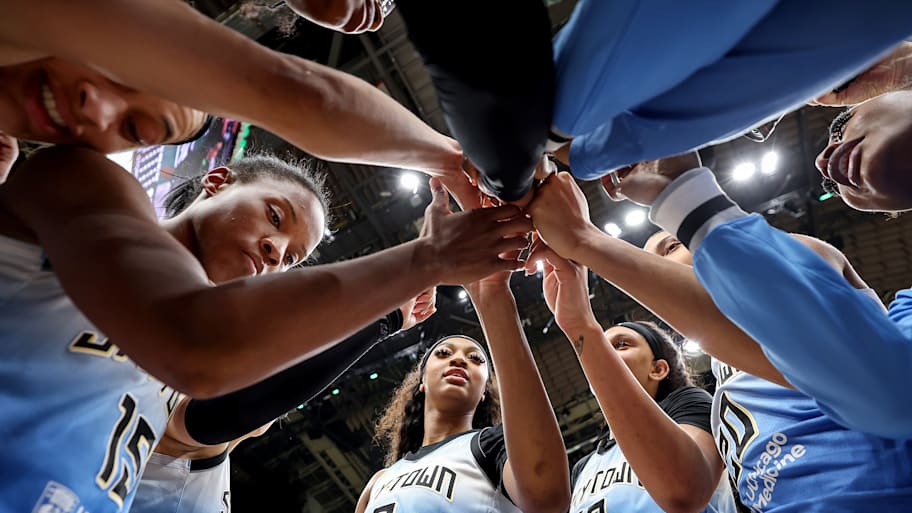
It was a question of talent and timing. Clark’s game-breaking shooting and passing are unlike anything in the sport, with a wildly passionate fan base to match. (From a marketing standpoint, Cook makes a comparison to Tiger Woods joining the PGA Tour in 1996, elevating the entire organization in the process.) Reese’s branding savvy is as striking as her rebounding ability, giving her a clear, uncanny talent for driving conversation. And it mattered for the WNBA that both came along at a moment when the league was already trying to grow.
“We started thinking boldly: What if we allowed an audience to come and attend our draft?” Cook drops his voice in an imitation of a cautious pessimist. “Oooh, I don’t know. That’s a big step for us.”
So the WNBA announced in late February that it would make roughly 1,000 tickets available for the draft. Clark said that she was going pro the next day, and when draft tickets went on sale a week later, they sold out in minutes. (Reese revealed her decision the next month: She declared with a photo shoot for Vogue, a sentence that might have been impossible to imagine for any player in any year prior.) By the morning of the draft in April, the cheapest ticket on the resale market was $2,648.
That evening smashed records. The draft drew 2.45 million viewers—more than any previous year, of course, but also more than any WNBA broadcast ever on ESPN. If the league had felt its decision to sell 1,000 tickets was bold, it ultimately looked almost laughably cautious. This was a new era. The WNBA had to start acting like it.
“There have been times when I talk to people and they say, ‘Cathy, I’ve been doing this for 20 years. I know what I’m doing,’ ” Engelbert says. “That’s the issue. We’ve got to think differently than we have for 20 years.”
Everything about the WNBA felt hot this summer. League Pass subscriptions were up 360% year over year. Teams began flying private, a major change in a league where only the most recent collective bargaining agreement had set the default for travel as premium economy seats, not standard economy. T-shirt and jersey sales grew by 1,000%. (The two best-selling jerseys belong to Clark and Reese.) Attendance was up for every team. No franchise averaged more than 10,000 fans per home game last year: Six of the 12 teams were above that mark at midseason. It was easy to spot players on billboards and in TV ads. Usher sat courtside in Las Vegas; Kim Kardashian did the same in L.A. The players’ game-day outfits were the subject of growing attention, collected, discussed and widely shared on social media. All-Star voting participation increased by 600%. Even mascots became celebrities: Ellie the Elephant of the Liberty graced Time Out New York’s cover as this summer’s it girl.
Some of the most striking figures came in television viewership. The WNBA had not cracked a million viewers for a broadcast once since Candace Parker’s debut in 2008. A generation of talent had come and gone without that kind of audience. The numbers had grown year over year for the last few seasons, and national TV opportunities had increased, but the league still had not touched seven figures.
The WNBA had 17 games with one million viewers or more this year before August.
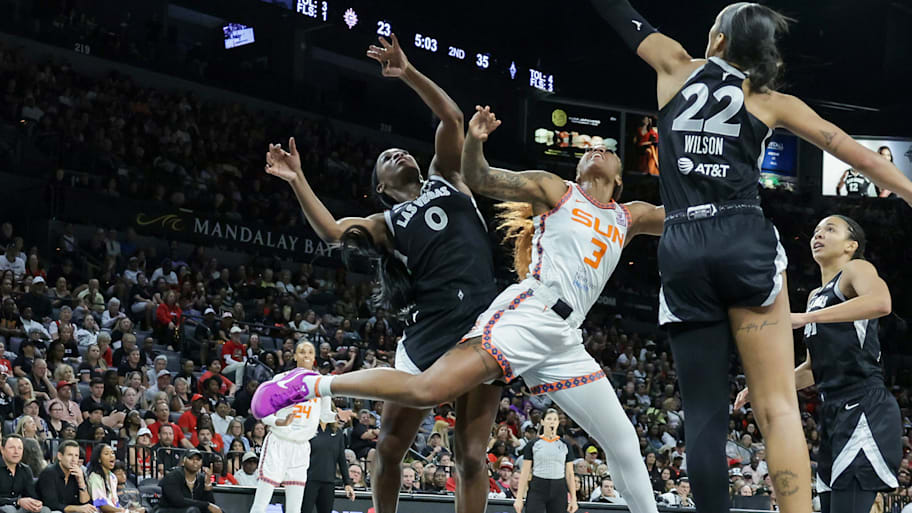
There was an obvious trend in there. Nearly all of those games featured Clark, and unsurprisingly, the biggest audiences of all came when she faced Reese. But the numbers have been sufficiently encouraging across the board to make the situation feel like a rising tide lifting all boats.
Which comes with a question for the WNBA: What do they do with all of this?
The economic landscape of the league may be about to shift dramatically. Expansion is coming for the first time in a decade and a half. (New franchises will launch in the Bay Area and Toronto next season and the season after, respectively, with two more envisioned by 2028.) A new media rights deal announced this summer will bring a major influx of cash from Disney, NBC and Amazon Prime. The WNBA will reportedly get about $200 million per year starting in 2026, compared to the current $60 million, and even that major increase seems potentially low, given the context.
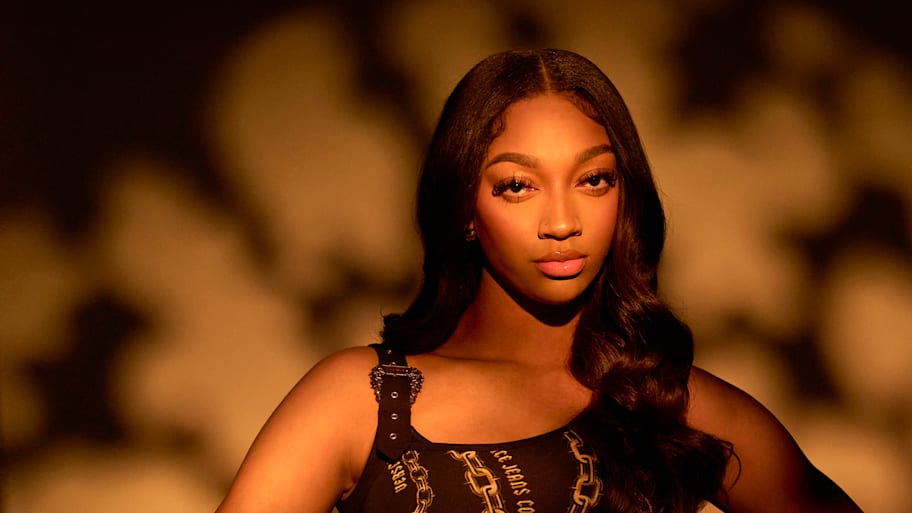
How the players might share in these increased fortunes will be a major talking point. The average salary this season is a bit over $120,000, more than a 50% increase from five years ago but still low enough that many players go overseas to earn more during the winter. The WNBPA will have an opportunity to opt out of the collective bargaining agreement by Nov. 1. Whether or not it should is the question on which the players are consulting experts, including Goldin, the Nobel economist from Harvard. “The female players are not sharing in the increased fan base and thus the increased revenue,” Goldin says. “They deserve more. That’s why I’m on board.”
The future of the league has never felt quite so fluid, economically, culturally or otherwise. There are only two players in the WNBA not on rookie contracts who are signed through 2026: No one else wanted to commit beyond that in a time when so much was changing. Even before it was clear just how explosive this growth would be, the players knew what they had, and they felt a big moment might be coming. No one wanted to lock in too early and miss it.
There is something less tangible at stake here, too. Every WNBA player has traditionally had to be an advocate—for herself, of course, but also for women’s basketball more generally. The players have long been tasked with explaining why the league is worthwhile and why people should consider watching. They’ve had to explain why they do not want to lower the rims or wear shorter shorts or change who they fundamentally are. But the last few years have brought a shift—less bad faith, more appreciation, fewer willful misunderstandings. The players are still advocating for their own worth. Yet it’s become much easier to imagine a time where they might not have to.
“It’s not something that we want to stop voicing ourselves,” said Ogwumike, the players’ association president, who has been in the league since 2012. “But we want it to be taken a little more seriously—a lot more seriously—in ways where we won’t have to continue to advocate for ourselves.”
She was speaking at an All-Star weekend unlike any in the league’s history. There were dozens of corporate sponsors, hundreds of reporters, 3.44 million TV viewers. And as Ogwumike was asked about how much has changed, what more players could do, she pointed to something that has stayed the same.
“The level of investment is coming now because more people can see it,” Ogwumike said. “It’s more visible, it’s more accessible, and they see that we’re driving culture in a lot of different ways. But most importantly—we can hoop. We’re playing basketball out here. That’s the product.”
They’re glad you’re finally buying in.
This article was originally published on www.si.com as The Power Moves—and Supercharged Rookie Class—That Fueled the WNBA’s Boom.
